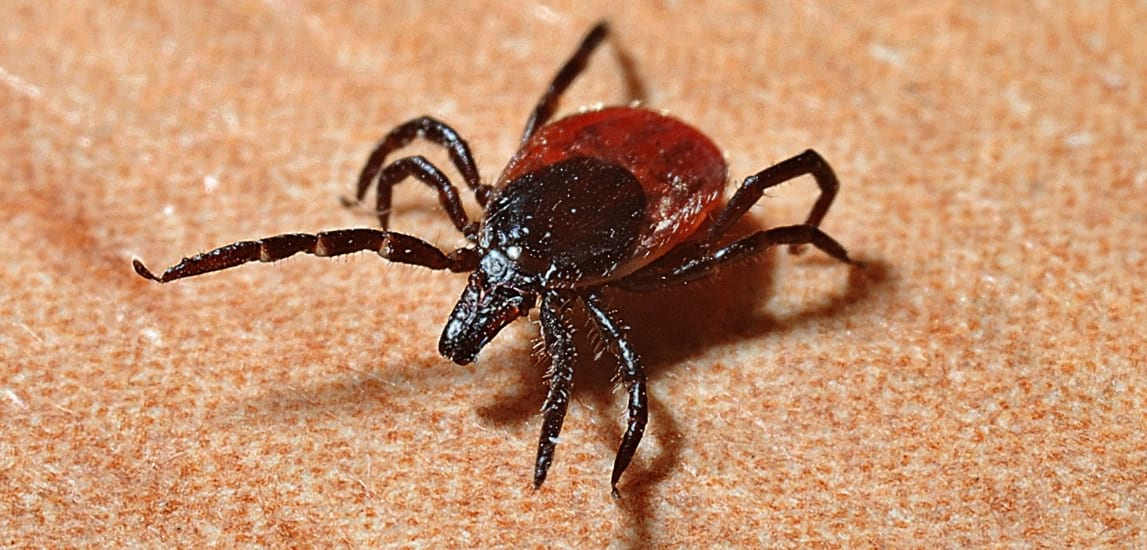
What is Lyme Disease?
Lyme disease is the fastest growing vector-borne illness in the US. Lyme disease has been reported in between 65 and 80 countries worldwide (depending on sources quoted – e.g. lymediseaseassociation.org) with millions affected. Over 300,000 new cases of Lyme disease are reported in the US each year alone.
This infectious disease is caused by Borrelia burgdorferi, a bacterium transmitted to humans by tick bite. Most are infected when bitten by the nymph form which are tiny young ticks about the size of a small poppy seed. Being so small the bite and immature tick can be missed meaning the disease can take hold well before the symptoms are noticed.
So Why Is Lyme Disease Not Recognized in Australia?
In Australia, Borrelia burgdorferi is officially not found, and therefore the official decision is Lyme disease is not here. However anecdotal and scientific evidence seems to indicate the opposite with many becoming chronically ill with Lyme-like symptoms.
For example, this white paper noted…
“Four patients who presented to the author’s practice over a one-year period from mid 2010 to mid 2011 returned positive results on central tissue biopsy….
The study identified a much larger tick-borne disease (TBD) burden within the Australian community than hitherto reported.” (Mayne P. J).
What we can say for sure is many Australians have a Lyme-like disease. That is, they have symptoms and illnesses the same as those when suffering from Lyme disease. Many started with these lyme disease symptoms after suffering tick bite.
The National Health and Medical Research Council (NHMRC) confirms this and says…
“There are many species of Borrelia that are known to cause disease in humans and there is much that we don’t know about other species.
Scientific literature dating back to 1959 firmly establishes that other species of Borrelia are present in Australia. Yet there is very little research that might inform us about the impact that other Borrelia species have on human health, or on the 60 year spread of an organism previously identified.
In the absence of scientific inquiry, the most appropriate description that patients use for the phenomena occurring in Australia following a tick bite is ‘Lyme-like illness’.
Certainly, evidence gathered through more than 4 years of patient data indicates that those with a Lyme-like illness in Australia are chronically ill.
The House of Representatives Standing Committee on Health’s Inquiry into Chronic Disease Prevention and Management in Primary Health Care has classified tick-borne and Lyme-like illness as a chronic disease within Australia.”
https://www.nhmrc.gov.au/sites/default/files/documents/attachments/ldaa-tcr-proposal.pdf
(Mayne P. J. (2012). Investigation of Borrelia burgdorferi genotypes in Australia obtained from erythema migrans tissue. Clinical, cosmetic and investigational dermatology, 5, 69-78)
